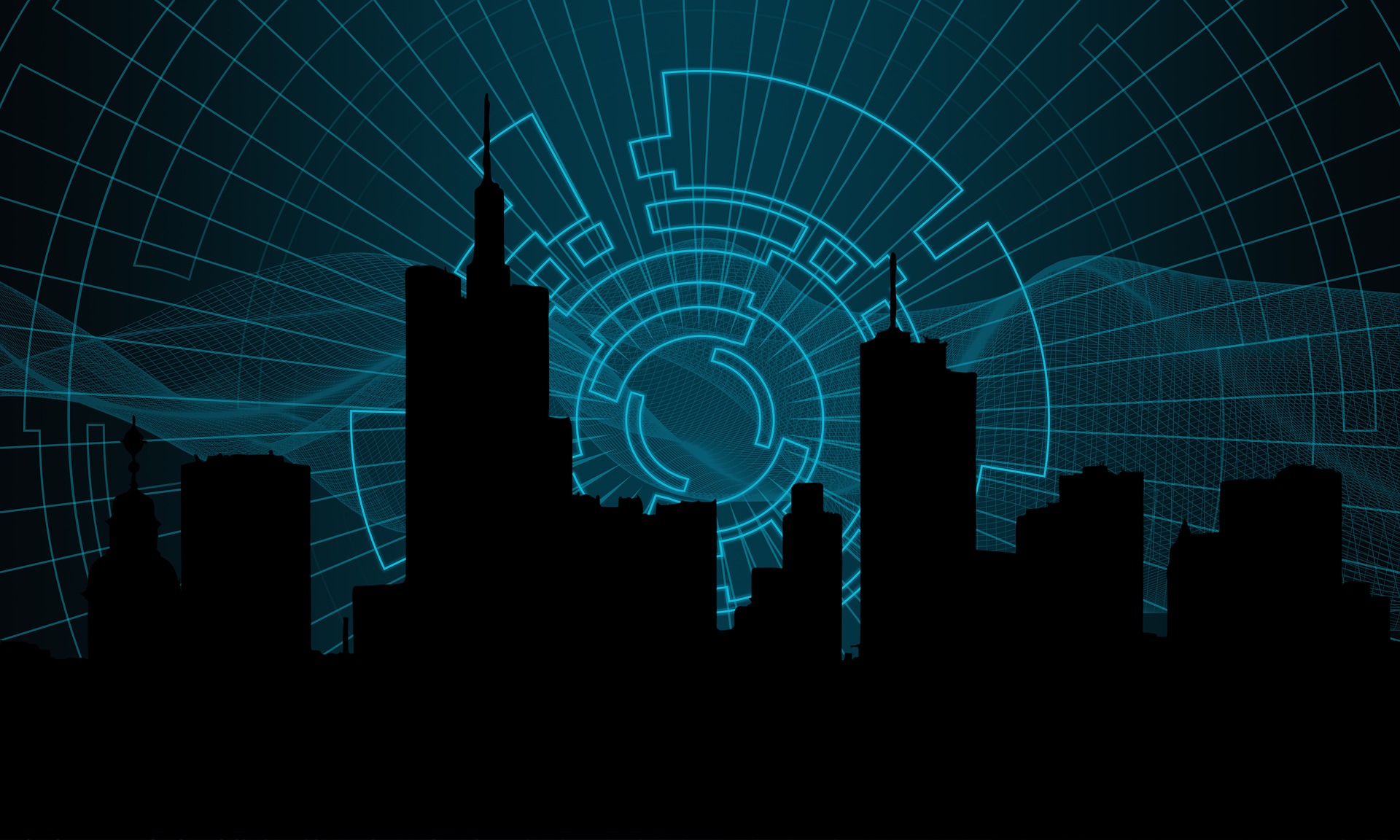
The Internet of Things (IoT) offers amazing potential to connect users to everyday items. The applications are wide-ranging at both work and home: Smart home devices like thermostats, appliances like coffee makers, health trackers like Fitbit and B2B products like RFID trackers are transforming the way individuals and businesses share their data with the internet.
What’s Happening Now in the IoT
IoT devices open up a world of possibilities for communication. Utilizing platforms like WebRTC, messages and live video can be sent from IoT devices like Bluetooth trackers or smart security cameras to keep users connected to their items. Offering control and access through a variety of different platforms, the connected IoT has major potential for revolutionizing communication among its devices.
Market Size for the Iot
Considering fewer than one percent of all devices that have the potential to be connected are actually utilizing IoT technology, the market opportunities for IoT devices are massive. By 2020, the number of connected IoT devices is predicted to reach upwards of 50 billion; in dollars, the value for global IoT tech is expected to reach as much as $6.2 trillion by 2025. The vast amount of potential for IoT devices — from B2B solutions like RFID tags and industrial sensors to consumer products like connected cars and smart clothing — lies ahead in the very near future.
Gartner Perspective on the IoT
Technology research company Gartner is bullish on IoT technology. One key area that stands out to Gartner is the industrial IoT (IIoT), platforms that replace legacy technology with smart device management, security and analytics. Gartner’s 2018 Magic Quadrant for Industrial IoT report found that combined with edge computing, on-premises IIoT platforms are predicted to make up 60 percent of all IIoT analytics.
What Is the IoT Used For?
For consumers, platforms like Amazon Alexa are serving as the de facto operating system for the IoT. Through voice-enabled devices like Amazon Echo and Amazon’s smartphone app, users can control the ever-growing number of Alexa-enabled IoT devices, including Roomba vacuums and Ring doorbell cameras.
Custom Alexa Skills allow users to bring to life nearly any IoT-enabled device, including real-time audio and video communication tools like AgilityFeat powered by WebRTC on devices like Echo Show. Services like IFTTT are pushing the boundaries of communication even further, offering hundreds of different ways to send messages, post to social media and automate smart home devices without the need for complex APIs or integrations.
Main Concerns for the IoT
One of the main issues surrounding IoT devices is security. Often considered a weak entry point to be exploited, compromised IoT devices can inflict serious damage to both digital and physical infrastructure. IoT devices connected to industrial controllers that rely on outdated SCADA technology are a popular target for hackers; in 2015, attackers caused a massive blackout in Ukraine by planting malware in devices connected to the power grid.
Because IoT devices often have weak authentication, hacked products can be manipulated to carry out DDoS attacks, side-channel attacks, and man-in-the-middle attacks. Starting at the supply chain level, manufacturers must strengthen the security of IoT devices in order to keep networked devices safe.
Where the IoT is Headed
IoT devices are expected to continue changing the way users interact with the world. Soon, 5G wireless infrastructure will bring more reliable communications to IoT devices through low power wide area (LPWA) technologies. Offering low latency, high scalability, and energy efficiency, LPWA will enable faster, smoother communication. For greater security, IoT devices can also be expected to utilize forms of blockchain technology to ensure better data protection.
In the long term, the embrace of IIoT will lead to the creation of smart cities, smart buildings and smart manufacturing. Major industries like logistics, energy, farming and transportation are expected to continue adopting IoT devices at an incredibly rapid pace. IoT’s ambitious future paints a colorful picture filled with constant connectivity, vast amounts of data and real-time communication — anytime, anywhere.
This post is a continuation on our series on real-time communications and WebRTC verticals. To see previous posts in this series, please check out our first post WebRTC Verticals Series - A Sweeping Introduction.


